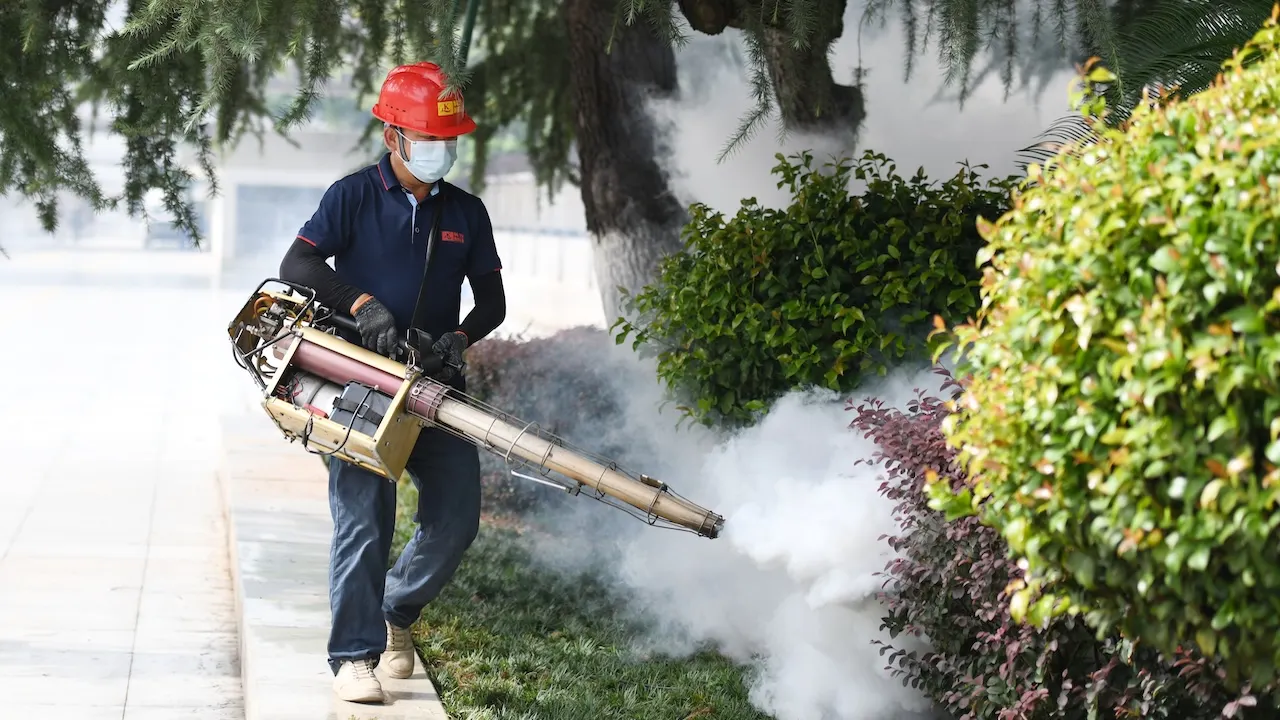
DiYES International School – Chikungunya has set off alarms across New York after health officials confirmed the first locally acquired case in six years. The infection was detected in a Nassau County resident on Long Island. Authorities revealed the patient showed symptoms after traveling outside the region but remained within the country. The exact mode of transmission remains unclear but officials believe an infected mosquito may have been responsible.
No active virus has been detected in mosquito pools near the area. As temperatures drop during the fall season, the risk of widespread transmission is considered low. Health officials are monitoring local mosquito populations that can carry this virus. Although the disease is not transmitted directly from person to person, its presence near densely populated areas raises concerns. Residents are being advised to stay cautious, especially during peak mosquito activity times. Preventive actions such as removing stagnant water and using insect repellent are strongly encouraged.
State officials have intensified surveillance to prevent the spread of Chikungunya across New York. The Department of Health reported that the case was identified after the patient sought medical care for fever, joint pain and other symptoms. This finding represents the first local transmission in the United States since 2019. Mosquitoes known to carry this virus are present in the metropolitan area including Long Island. The county’s health department noted that while the virus was not detected in mosquito pools, proactive measures are being taken to limit potential exposure. Health experts emphasize that cooler temperatures reduce mosquito activity, lowering the immediate threat. However, they remain alert as environmental changes can influence future transmission patterns. The detection has reignited concerns over vector-borne diseases returning to regions previously considered low risk. Public communication strategies are being implemented to keep residents informed about protective measures.
“Read about: Kaiser Strike Heats Up! Northwest Nurses Demand Big Pay Raise in New 4-Year Deal”
The detection of a Chikungunya case highlights how mosquito behavior can directly influence public health. Mosquito activity typically peaks during warmer months, increasing the risk of virus transmission. Although current weather conditions reduce mosquito presence, health officials continue to urge caution. These insects thrive in stagnant water and can multiply quickly if preventive steps are not taken. Public awareness plays a key role in reducing exposure. Health experts advise residents to wear long clothing and apply repellents during outdoor activities. Municipal authorities are also monitoring and treating mosquito breeding sites across Long Island and the New York City metropolitan area. By controlling mosquito populations, the potential for further transmission can be minimized. Although this particular infection appears isolated, previous outbreaks in tropical regions have shown how rapidly Chikungunya can spread when conditions allow. Preparedness and prevention remain the best defense.
“Read more: Hamas Executions Shock the World Just Hours After Historic Peace Treaty with Israel”
Health experts have been monitoring the global spread of Chikungunya with increasing attention. The virus has been reported in multiple countries, including China, over recent months. Global travel has historically been a factor in bringing mosquito-borne illnesses into new areas. New York has recorded three travel-related cases this year, but none had originated locally until now. Officials acknowledge that this incident reflects how interconnected health issues can become when global travel and environmental changes intersect. Though this case is not linked to international transmission, it emphasizes how quickly situations can change. Mosquitoes capable of carrying this virus are already present in parts of the state. Past outbreaks in other countries have demonstrated how local transmission can emerge unexpectedly. This growing concern has prompted both state and local agencies to coordinate efforts to strengthen public health defenses against future infections.
Public health agencies are working to increase awareness and encourage preventive measures in response to this confirmed Chikungunya case. Officials stress the importance of reducing mosquito breeding grounds by regularly clearing standing water from residential areas. Community engagement campaigns are being launched to educate people about personal protection. Local clinics are also being advised to monitor patients presenting symptoms consistent with mosquito-borne illnesses. Early detection can prevent further spread and allow health authorities to respond effectively. Although the current threat level is considered low, experts warn against complacency. Climate trends may extend mosquito seasons in the future, creating more opportunities for viruses like this to appear in unexpected places. By strengthening community knowledge and preparedness, New York aims to reduce the risk of future outbreaks. This situation serves as a reminder of how quickly health landscapes can shift when vector-borne diseases are involved.
This article is sourced from nbcnews and for more details you can read at diyesinternational
Writer: Sarah Azhari
Editor: Anisa